Insect Ark on Exploring Sound and Creative Vision Without Compromise
It’s the first night of the Roadburn Festival—the annual gathering in Tilburg, Netherlands that’s evolved from a local celebration of metal and stoner rock into the world’s premiere event for heavy music of all kinds—and the weather is unseasonably warm for mid-April. Inside the Cul de Sac, a local venue that hosts one of the festival’s six stages, it’s dark, hot, sweaty, and so packed with people that many in the crowd can’t even see the band, exploratory doom/drone outfit Insect Ark.
Despite the relative discomfort and dodgy sight lines, the group’s evocative, instrumental sounds are more than enough to keep people engaged, even mesmerized. A combination of ambient noise, cavernous low end, and slow-burning, dynamic soundscapes, it’s the kind of music that both feels like a punch to the gut and ignites the imagination.
Those in the crowd who are both unfamiliar with Insect Ark and lucky enough to find a spot a little closer to the stage might be surprised to see they are a duo, especially since there are enough elements in their performance to occupy a much larger ensemble. And that’s one more member than when it was launched in 2011 by New York-based multi-instrumentalist, composer, and animator/video artist Dana Schechter, whose porfolio includes fronting dark rock band Bee and Flower for over a decade, membership in Angels of Light and Gnaw, and collaborations with a lengthy list of forward-thinking heavy bands such as Arabrot, Locrian, and Zeal & Ardor. In 2015 she invited Portland-based drummer and electronics wizard Ashley Spungin, who has previously played with psych and experimental bands including Purple Rhinestone Eagle and Taurus, into the fold.
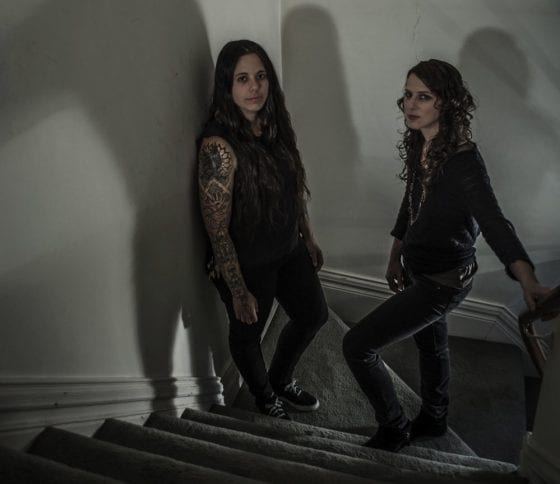
“People come up to us all the time, and they’re like, ‘I don’t know how you two people just made that amount of sound,” Schechter says. It’s not easy; Schechter trades off between bass guitar, lap steel, synths, and live looping while Spungin pummels the drums and works handcrafted electronics (she also runs boutique analog effect company, Ormus Electronics). Some components require a dual effort to pull off live, so constant communication is vital.
For many, that would be complex enough, but Insect Ark is planning to add even more—including visual accompaniments that are half pre-made and half-produced live—pushing their physical abilities as two piece to the edge in the name of artistic expression. They also want to get into scoring film—a natural step given their music’s cinematic textures.
She Shreds spoke with Insect Ark about crafting their new album Marrow Hymns (out now on Profound Lore), the push-pull relationship between musician and music technology, and the sort of mental focus and unrelenting drive it takes to articulate their creative vision without compromise. Our conversation has been condensed and lightly edited for clarity.
She Shreds: Roadburn is probably a good starting point for this interview because you’ve both done so many different things with music that could seem like they wouldn’t make sense coming from the same artist. How do you think artists can constantly break boundaries and explore different things but still have a distinct identity?
Dana Schechter: All artists go through periods where they’re interested in expressing different things. [With] Bee and Flower I was more interested in exploring songwriting and what I could I do as a singer (though I never considered myself a singer, actually). With Insect Ark, it was sort of the opposite: “Don’t even think about song structure. Don’t think about being a front person. Don’t think about any of that. Think about making sound that comes from a really internal place.” It’s about exploring sound and seeing what happens with it.
How do you put yourself in the mindset for each project and then cross over to animation, visual arts, or something else?
DS: I think it all comes from a really similar place, this well of creativity that humans have, or that creative individuals have, that can be applied to different things. I’ve been a freelancer for twenty years so I’ve learned how to compartmentalize my time and be able to be really focused while I’m working on one thing, to the exclusion of the other things I have to do… It takes discipline to not get distracted, so that you’re not selling yourself short while you’re doing one thing.
Ashley Spungin: The most important thing is allowing yourself the time to do it. I am not the type of person that can balance from thing to thing; I need to take a day to work on one thing because I want to see every element through, and that requires all of my focus. My tip is to live somewhere cheap enough that you don’t have to work all the time, so you can spend time doing things that you love that don’t make you money, but maybe will some day.
It sounds like you’re describing the stereotypical New York lifestyle versus the stereotypical Pacific Northwest lifestyle. How does it come together when you do have time to collaborate?
AS: Actually, I’m from the East Coast and she’s originally from the West Coast. I still maintain a lot of the neurotic, Jewish, East Coast mentality. Sometimes, I feel like I’m too hard for the West Coast but too soft for the East Coast, so bouncing back and forth is a good happy medium for me. Our workflow is a combination of how we both work. We do nothing but Insect Ark when we are together. That includes writing, rehearsing, and recording material; figuring out ways to overhaul our setup time and time again so that we can have an easier time traveling; rely less on technology and play several instruments at once; and hear each other and execute the music properly. It’s also working on visuals and our making sure that we’re kind of on top of every detail.
DS: What we’re doing, technically, as a two piece is actually pretty ambitious… Normally, if you rely on less technology you need more stuff, but for us to be able to travel like we do we have to be able to carry everything. It’s a matter of really understanding what our priorities are so that we can actually go and do something compelling and not cut ourselves short. If you look in our suitcases, it’s all gear and almost no personal stuff: no clothes, one pair of shoes, one pair of pants, one hat. That doesn’t sound that unusual, but if you only have one pair of pants, when are you going to wash them? A lot of people wouldn’t be willing to travel that way because it’s not comfortable.
Does that willingness to get to the bare bones of what you need to do it all yourselves come out in the end result?
AS: It reflects that we both want to get a lot done and we aren’t willing to compromise what we want to do because we’re just two people. With touring, the reason it’s more important for us to have gear than clothing is because having a piece of gear that’s essential to execute the song the way we want to is way more important to us than looking cool.
DS: We wouldn’t even have time to have this sort of performance element, since there’s so much to keep track of when we play. Every song is multiple events. For this part I have to push that button ’cause that starts that thing. Then Ashley hears it and then she does a cue. There’s no time for capes and hoods and stuff for us. I really love to see performance oriented stuff—I’m not knocking hoods. But I think people can see that we’re up there and we’re sweating on the ground plugging our shit in, playing hard, and just going for it… Plus, we’re working up there. Last night was the second time we’ve performed some of the songs from the new album, and some of them had never been played before so we’re figuring that out, too. It’s work. We can’t have any drinks before the show.
Insect Ark’s sound is very complex, but it’s also very raw, and like you said, “we’re sweating up there. We’re working really hard…”
AS: ‘Cause we want it.
DS: We both really want it. We want it to be really good so we’re going to do whatever we can.
AS: It takes a certain type of brain to want to do something like this. Luckily, we both have that to an extent.
 Insect Ark at Roadburn Festival, 2018 by Paul Verhagen
Insect Ark at Roadburn Festival, 2018 by Paul Verhagen
Dana, you’ve been playing bass since you were a kid. How has your gear changed over the years, as far as what you need to develop your sound compared to other projects in the past?
DS: I started playing bass guitar when I was 16. I had played upright bass before that. Actually, the bass I use when we’re in America is the bass that I got when I was 16. It’s a Fender Musicmaster 3/4 scale; a short-necked guy. I also have 70s Music Man StingRay that I mostly use for recording because it’s like a tree and I’m 5’ 2”—it’s really heavy but it sounds amazing, For live shows, I like to be able to move my bass around a little so I still love [the Fender]. It’s pretty trashed.
I have this “secret weapon” bass overdrive pedal that I will not play a show without. It’s a Microtubes B3K. It’s got an overdrive and a blend on it, so you can actually sculpt the tones. You can add more distortion but if you’re on an amp that has a lot of overdrive, you can turn the distortion down—sort of like a preamp. I’ve tried out about 50 overdrive pedals and that’s my favorite one.
I got my lap steel at a sidewalk sale at a guitar shop in my neighborhood. It’s a Joe Morrell Pro; It’s not a fancy vintage lap steel but it’s solid, it’s got good pickups, and I mostly play it through distortion and overdrive.
I also have an OCD by Fulltone and TC Electronics delays, the Flashback and the Flashback Mini (the Mini is on my tour board because of space). I’m also using this little compressor to help the lap steel come through, and I do all the live looping with a Pigtronix Infinity Looper. That allows me to build chord progressions and then do overdubbing on top of that so that we can have song structures with loops. It’s connected to a Singular Sound BeatBuddy drum machine, which I’m basically using as a click track. We’ll share the click for that so that we have a common reference. Ashley can also hear my loops with that looper because it has an auxiliary out.
 Dana Schecter’s tour board. Foot switch on bottom right by Ashley Spungin / Ormus Electronics
Dana Schecter’s tour board. Foot switch on bottom right by Ashley Spungin / Ormus Electronics
Do you have wear earplugs on stage to hear all of this?
DS: For some songs we do. We’ve been developing ways to use the auxiliary output from the looper so if we have a proper sound check, in theory, Ash should be able to get the loops blasted really loud into her stage wedge and not have to be burdened with this incessant, horrible click track.
AS: For this setup, I implemented a headphone mixer for myself. I have one ear that hears everything live and one ear with an earbud so I can blend in the click or the loop based on how much I want it in my ear. I always make the loop louder than the click so that when the loop is actually built, the click is gone and I’m just playing along with the loop. But in order to get the loop in time, Dana needs to hear me playing along to the click track.
DS: The click isn’t fun, but when I started Insect Ark solo, I was using Ableton Live, which has a looper effect in it… I developed a lot of delay settings, reverbs, pitch shifters, and stuff like that in Ableton, but my computer was old. We had several shows where we had really serious technical failures—all from my gear. About six months ago, I looked at Ash after a show where my shit just did not work and I said, “That is the last time I ever use this setup.” Then I had to find another way.
Did you try to recreate those same sounds or did you just say, “fuck it, I’m starting over?”
AS: A little of both. We exported some of the sounds onto a Roland pad that I now control. Before it was Dana cuing all this stuff. Now, it’s me. I took on some of the burden, which is so much better than having the unknown fuck up, which happened pretty consistently….It was like trying to cram a lot into a small setup in a small space with limited time.
Marrow Hymns took a year and a half to put together. How much of that was writing and how much was troubleshooting how to perform it and how to create it in the studio?
DS: Ash joined in 2015 right when the last album, Portal Well, was coming out. Our first tours were in support of that, and we were working on getting her input. I had done this drum programming, so she took those parts and made them her own, and we slowly started working on new material together. We’ve been playing some of the songs on Marrow Hymns for a couple of years, and some we wrote literally the week before we went to the studio. Then I did overdubs and sort of transformed some of them.
In a couple of interviews you’ve referred to how not only did the music transform, but that you were both going through different things during the creative process and you kind of documented that as you were going. Looking back, can you hear that in the music?
AS: It’s sort of a reminder of where you were at every time you hear it but it’s not like a flashback to being bummed or something. When I hear it now, it’s in a light that’s completely different because I think of where I am at personally. I’m really proud of it; it makes me feel good.
DS: I feel the same, although there are a couple songs that I do specifically remember where I was I did them. I did a lot of overdubs for the lap steel at home, and the first three songs took me six months. The idea was, “I want to add to this, but I don’t want to go so far with it on the studio album that we when play it live, the song can’t stand without it.”
A studio album and a live set don’t have to be the same thing, but that requires a little bit of thinking, and that’s the kind of thing that I really couldn’t do. I’d sit down and think, “I don’t know how this works. Is it good? Does it suck?” Eventually, I worked through it, but there’s a couple of… like on that song, “In the Nest,” where some of the overdubs just sound like somebody standing on top of the building, crying into the sky. That’s what it sounds like to me, and that’s probably what it was, in a way.
Where do you find the beauty in those types of moments, or chaotic noise, or the ambient stuff that other people might not hear?
DS: I think it’s meditative.
AS: As you grow and progress as a person you find that you’re drawn to different things that maybe you didn’t have the frame of mind for before, but now you get really excited about them. I listen to a ton of music that isn’t metal. I find anything that challenges me to be intriguing. It’s exciting to have different elements in your music that are maybe less safe because it invokes a feeling that’s new.
DS: One thing about noise, even though it’s coarse, your body is just electrical energy and it likes patterns. Noise, repetition, drone, and stuff like that does something to your brain, and I think that’s why so many people like it (though not as many as people who like pop music). That’s something we’re both into: Ash really likes New Age music and I like weird Tibetan bell music. There’s all kinds of stuff that interrupts and modifies the electrical energy in your body, and I love that.
AS: Happy music is like, “hey, I’m happy!” That’s really great, but what really makes people happy is whatever makes them feel something.
There’s something about women finding this kind of stuff and embracing it, too. Whether it’s about emotions like anger, or just not putting on a fake grin or whatever, just because you’re supposed to.
DS: I’d encourage all women to throw away anything that feels like an expectation that somebody else has put on you. By definition, neither of us is leading a traditional female life. This is something that we talk about a lot about—women’s roles in the music industry and as artists, and the kinds of opportunities that we get or don’t get because of that—and it’s probably going to be continued to be talked about.
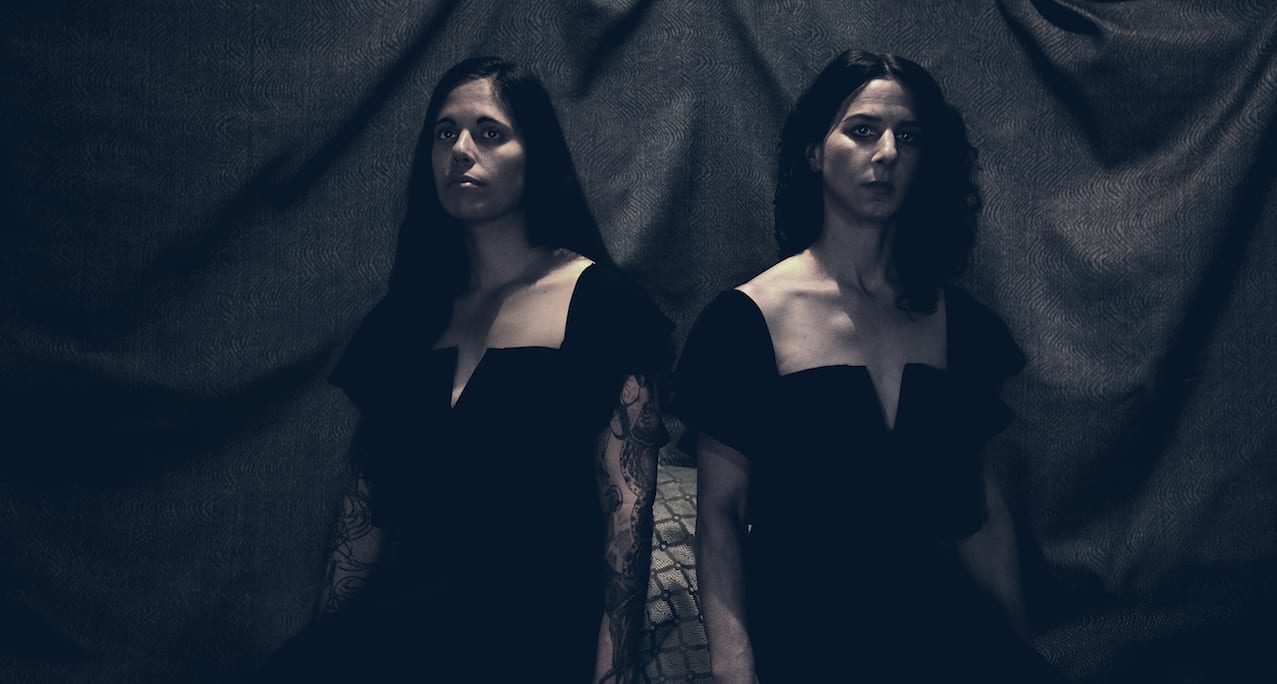
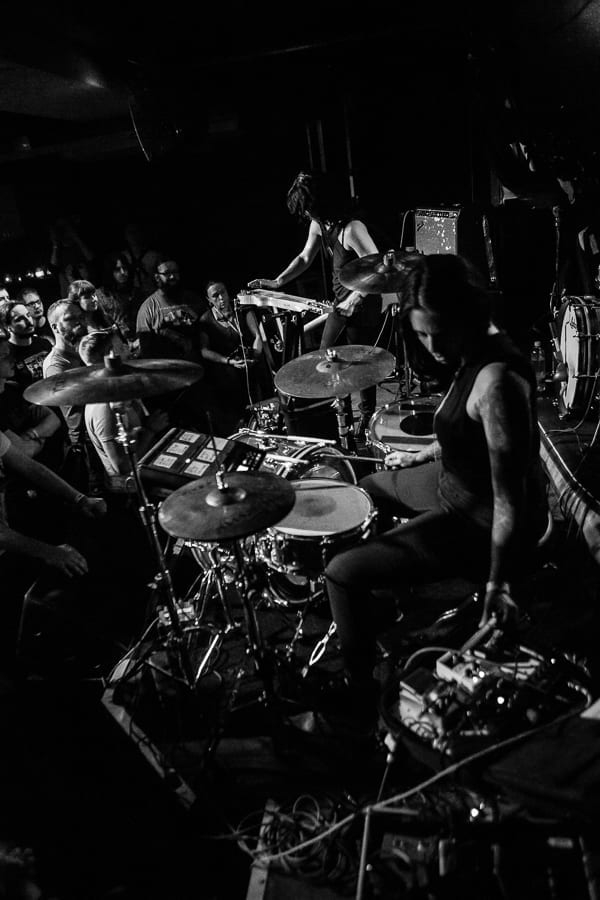 Insect Ark at Roadburn Festival, 2018 by Paul Verhagen
Insect Ark at Roadburn Festival, 2018 by Paul Verhagen Dana Schecter’s tour board. Foot switch on bottom right by Ashley Spungin / Ormus Electronics
Dana Schecter’s tour board. Foot switch on bottom right by Ashley Spungin / Ormus Electronics
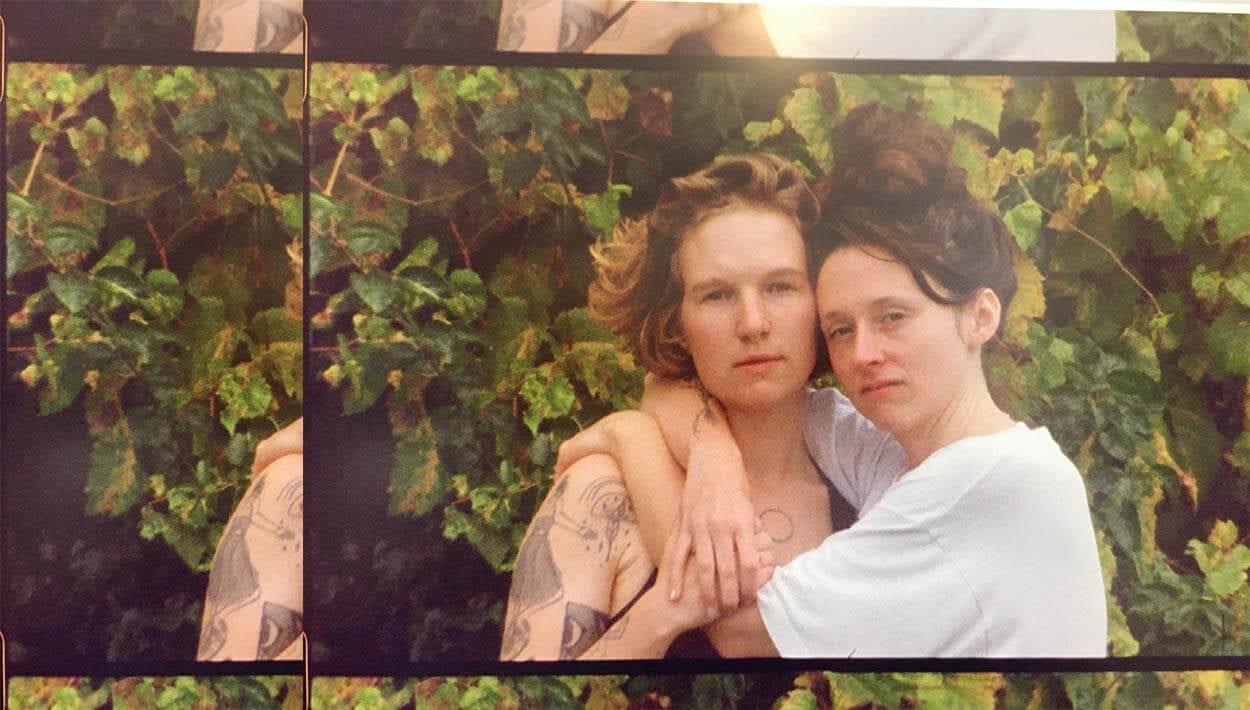
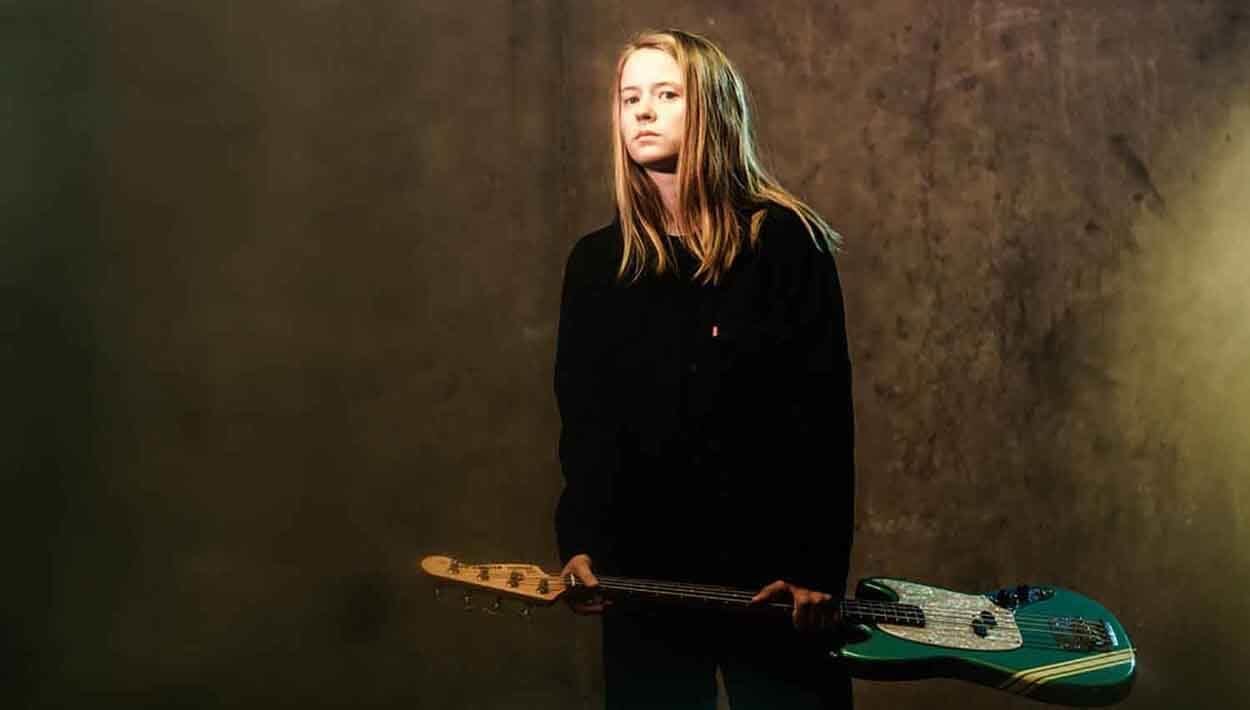
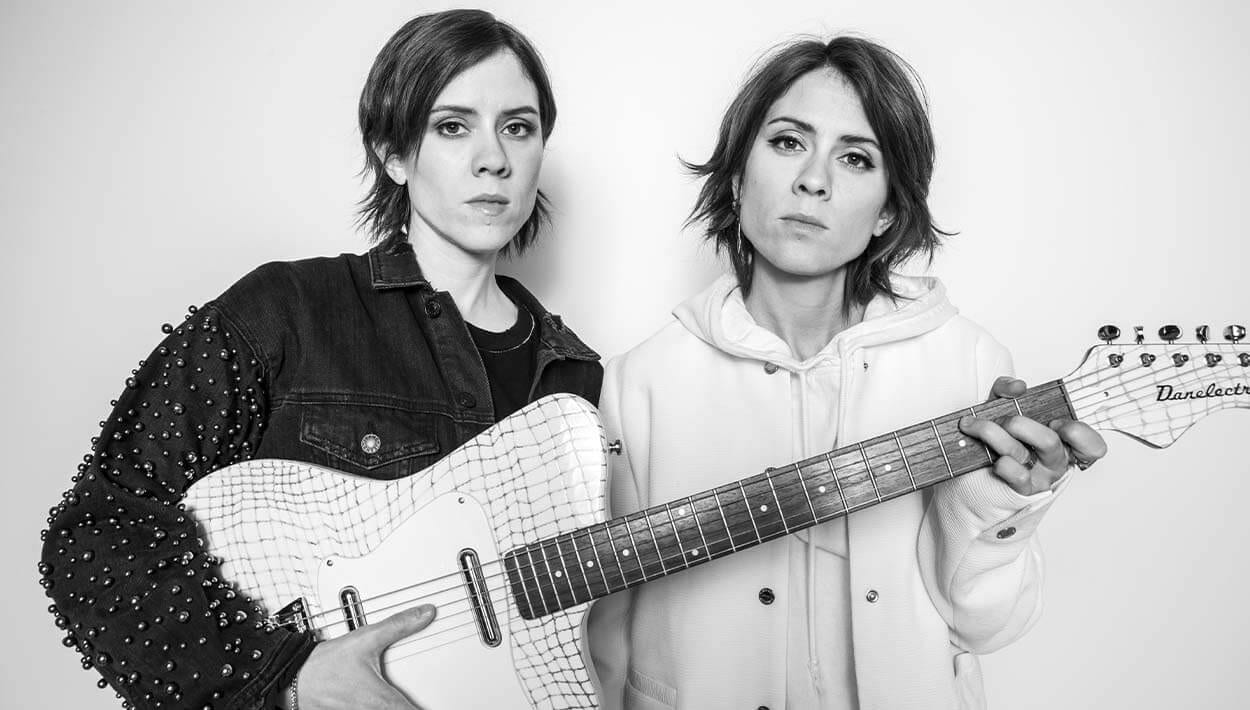
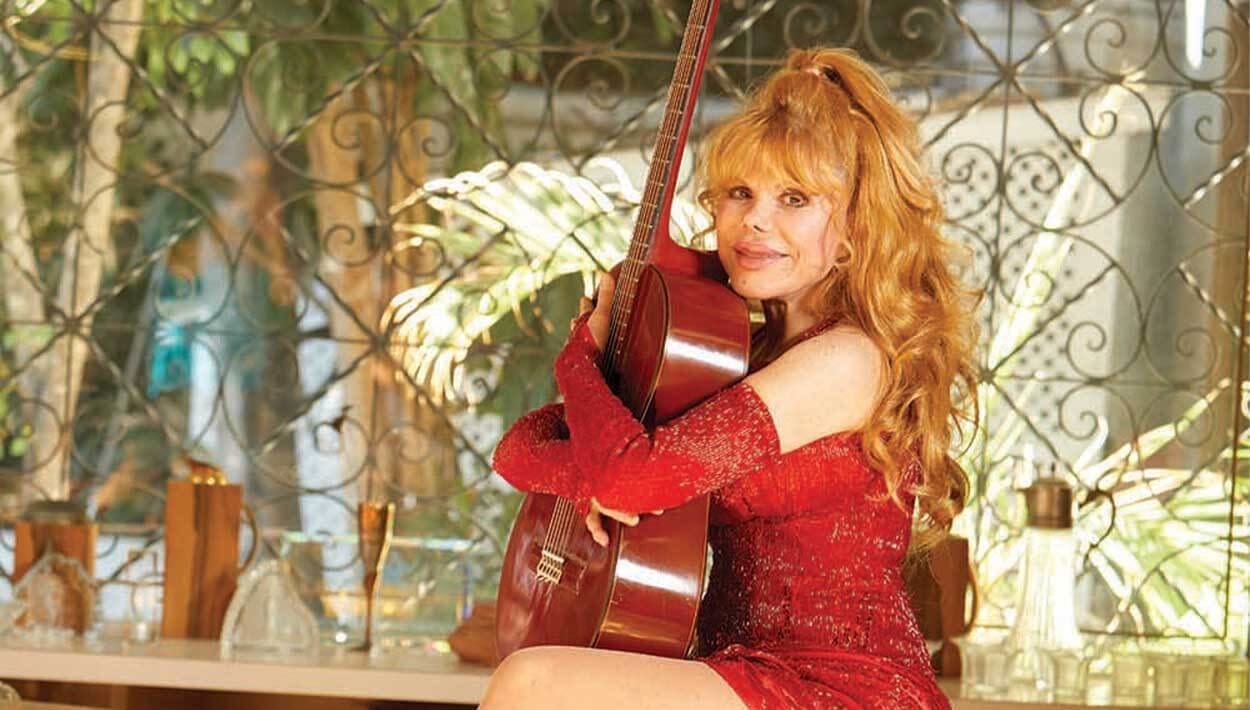
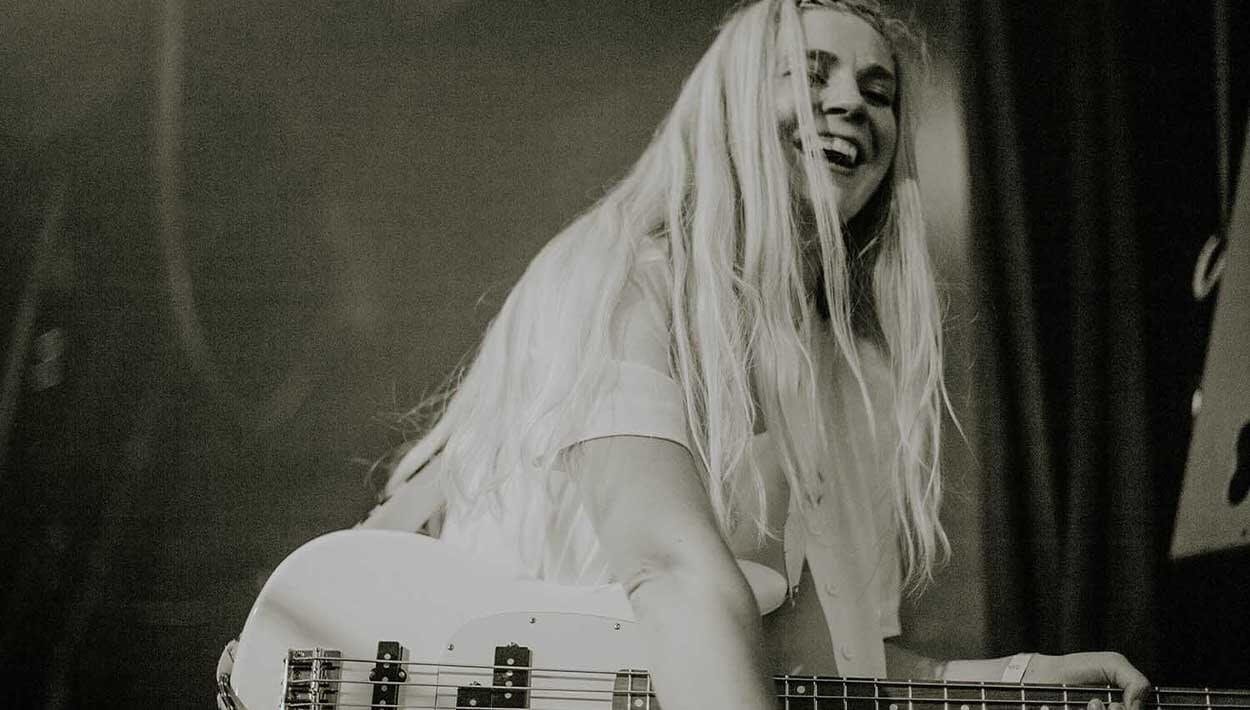
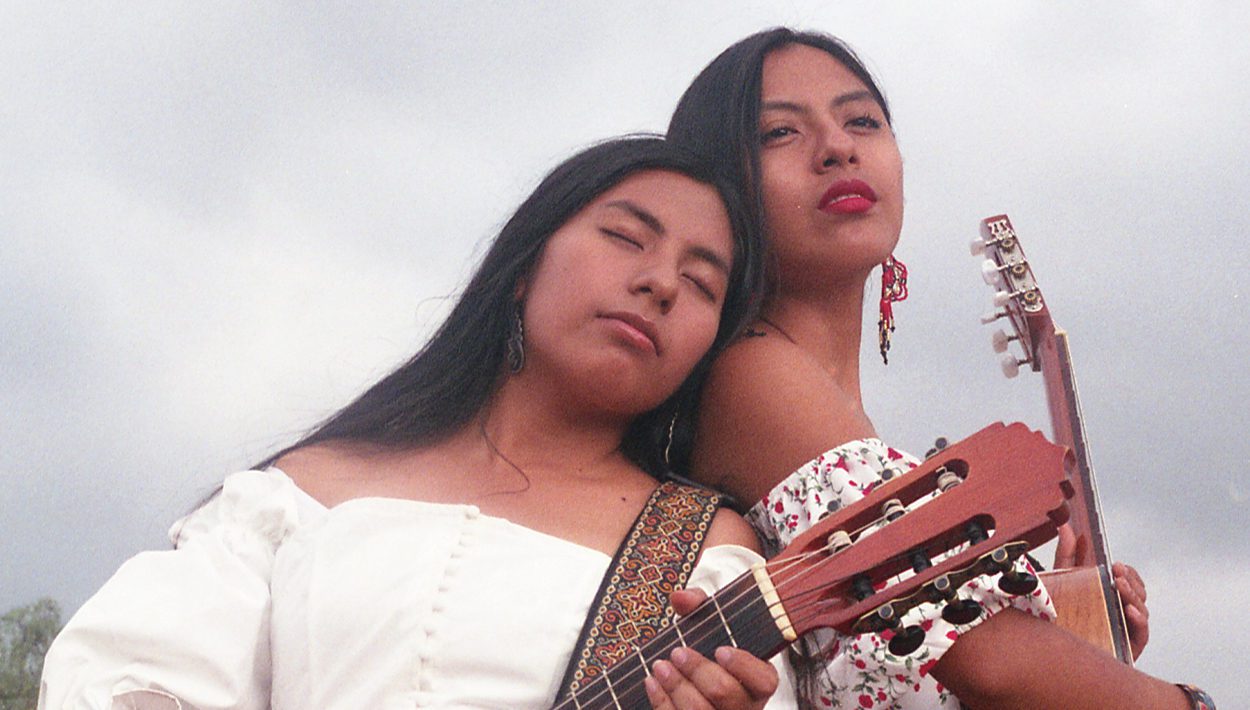
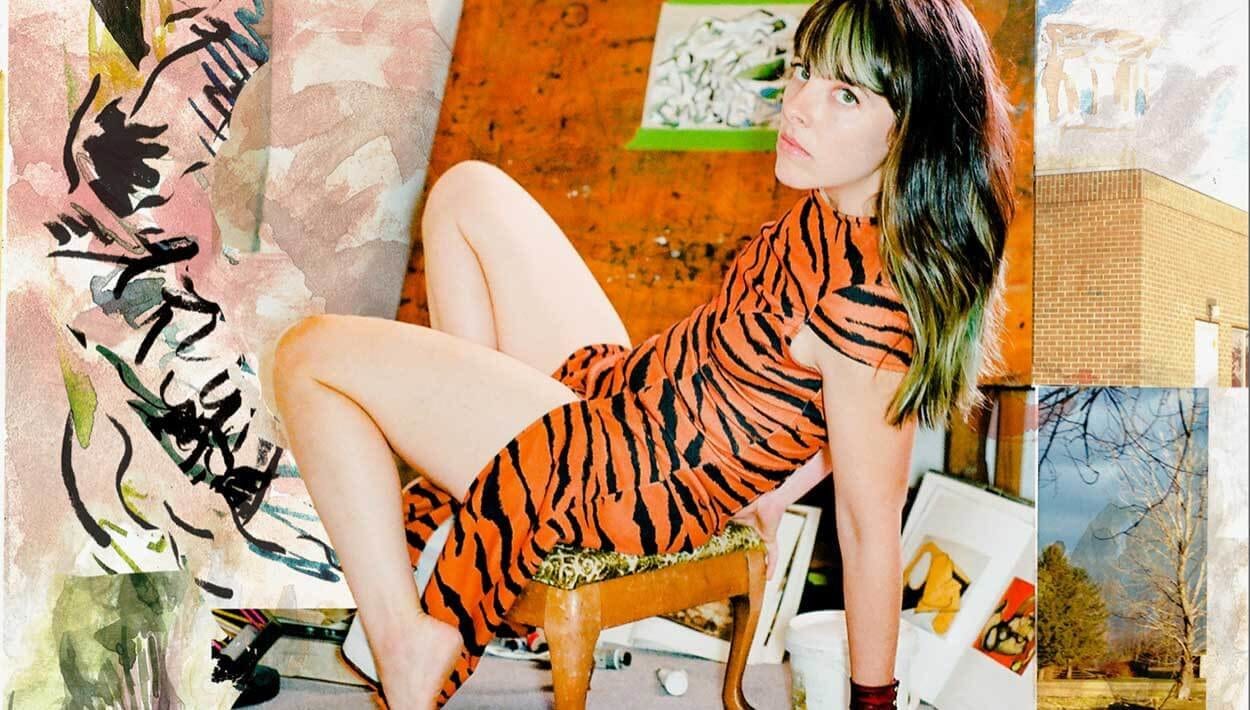
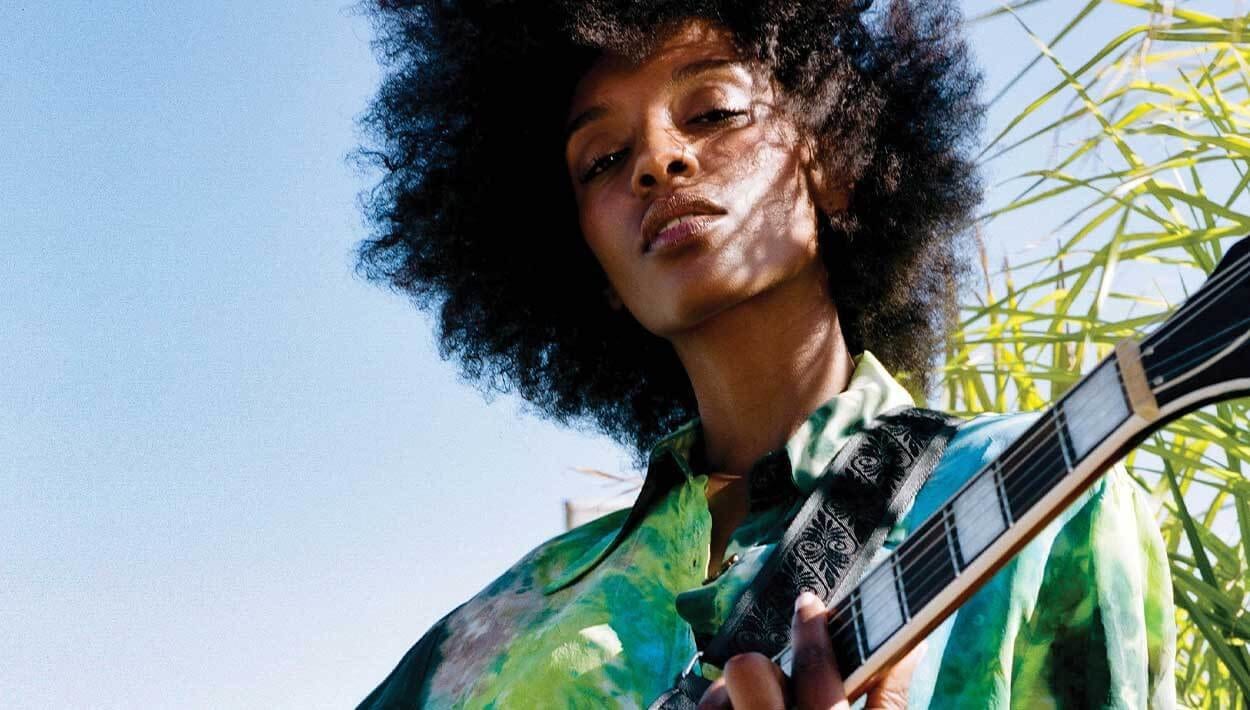
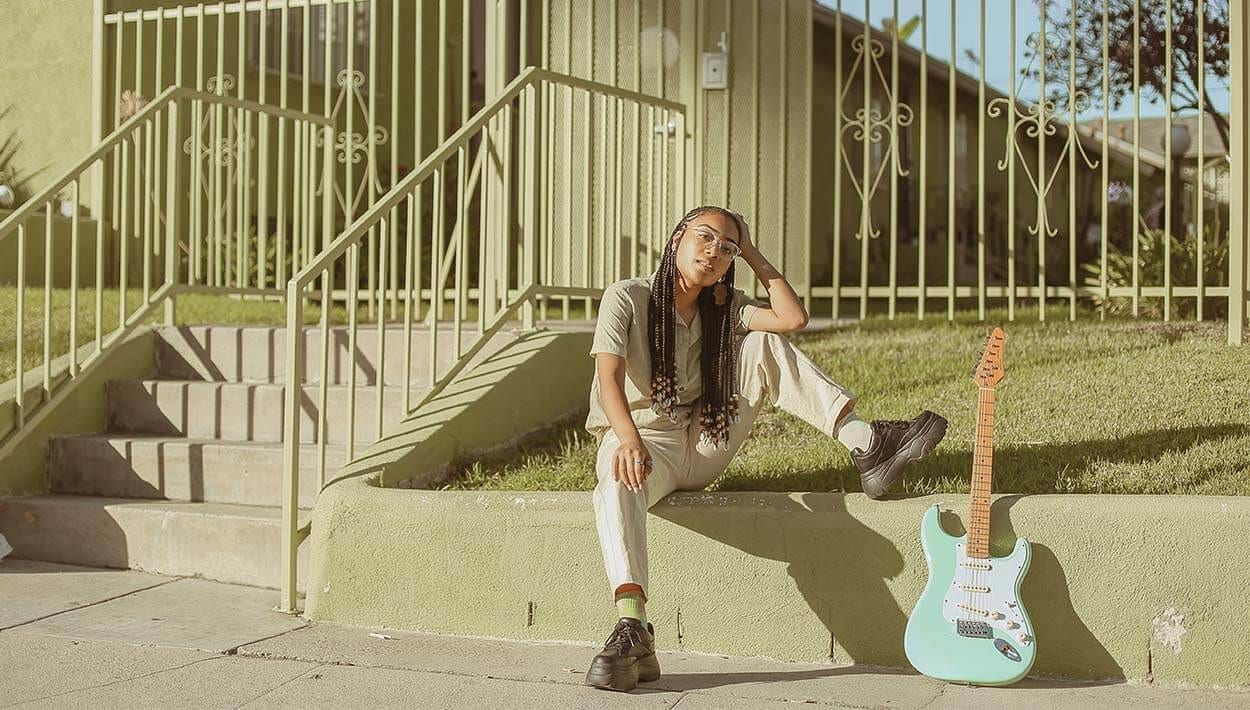
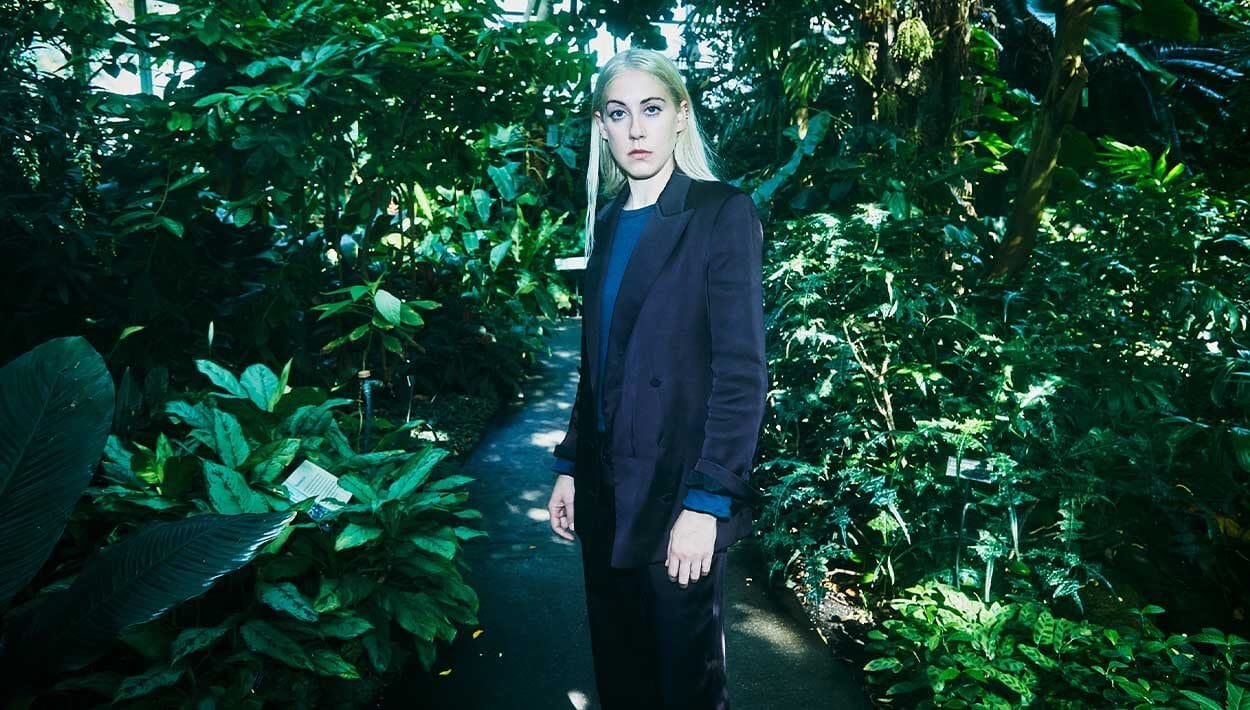


Comments
No comments yet